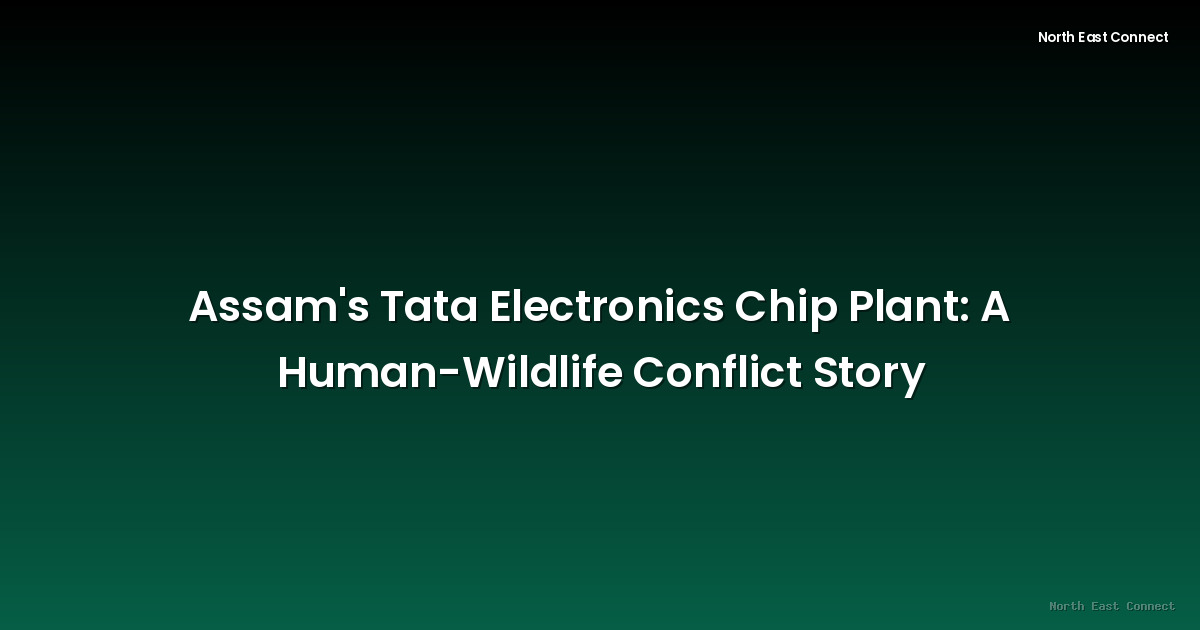2025-09-10 · News
Tata Electronics' ambitious semiconductor manufacturing unit in Assam is facing an unforeseen challenge: the presence of wild Asian elephants. The plant, a significant investment aimed at boosting India's electronics manufacturing sector, finds itself grappling with the complexities of co-existing with the region's diverse wildlife.
Initial reports indicated that the company has implemented protective measures to deter elephants from entering the facility's premises. A significant wall has been constructed around the plant's perimeter, intended to act as a physical barrier. This strategy reflects a common approach to mitigating human-wildlife conflict, aiming to physically separate human activity from wildlife habitats.
However, the situation highlights the inherent difficulties in completely resolving such conflicts. While the wall may successfully deter elephants, it has presented a new, albeit unexpected, problem. Reports suggest that the barrier has inadvertently created a pathway for snakes, leading to concerns about potential risks to workers and the surrounding environment.
This development underscores the complex nature of balancing industrial development with the preservation of biodiversity, particularly in regions rich in wildlife. The construction of the wall represents a reactive measure to address an immediate threat, yet the emergence of new challenges emphasizes the need for more proactive and holistic strategies.
The incident prompts questions regarding the long-term sustainability of such mitigation efforts. While physical barriers might offer short-term solutions, they don't address the underlying causes of human-wildlife conflict. These causes often include habitat fragmentation and loss, driven by factors such as expanding human settlements and infrastructure development.
A more comprehensive approach may involve integrating broader landscape-level conservation strategies into the planning and execution of large-scale industrial projects. This could include habitat restoration efforts, wildlife corridors, and community engagement programs aimed at promoting coexistence.
Furthermore, the incident serves as a case study for future industrial projects in similar ecologically sensitive regions. Thorough environmental impact assessments, incorporating detailed risk assessments of potential human-wildlife conflicts, should become standard practice. Collaboration between developers, environmental experts, and local communities is crucial for developing and implementing effective mitigation strategies.
The situation at the Tata Electronics plant in Assam highlights the ongoing tension between economic development and environmental conservation. Finding a balance requires careful planning, proactive mitigation strategies, and a commitment to minimizing the impact on both human populations and wildlife. While the wall provides a temporary solution to the elephant problem, it is imperative that further research and investment be directed towards finding more sustainable and holistic solutions that minimize disruptions to the surrounding ecosystem. The ultimate success of the plant hinges not only on its technological advancements but also its capacity to coexist responsibly with the environment.







